|

MAX
HASTINGS - The Queen as a young princess is seen in two cine
film frames saluting in Nazi fashion but is too young to have
been able to form a political opinion. In any event, Article 10
and any applicable laws then pertaining would have meant that
even a Queen in waiting is allowed to express herself and mimic
what was then more than likely something amusing, much like the
goose step might seem to some onlookers and then copied to show
others how daft it looks.
DAILY
MAIL JULY 2015
Beyond argument, it is a chilling image: on a summer’s day at Balmoral in 1933, the Queen and her mother, then Duchess of York, give what seems unmistakably a Nazi salute, watched or urged on by the
Prince of
Wales, later briefly Edward VIII.
Both Queen Elizabeths, mother and daughter, have commanded such affection and respect for so long that it is painful to see their images tarnished.
The first big thing to say about the newly-published pictures, however, is to remember when they were taken.
In 1933, the Nazis had only just ascended to power. Few sensitive people doubted their nastiness, manifested in years of street violence on the path to government.
But in those days there had as yet been no Second World
War, no Holocaust. Many intelligent Britons believed that the German people had rightful grievances about their harsh treatment after the
First World
War.
Many music-hall comedians parodied the Hitler salute. It is overwhelmingly likely that the royals uplifting their arms at Balmoral were playing what seemed a harmless game, rather than making anything resembling a political gesture. It is our knowledge of what happened to the world afterwards that makes the photograph seem so sinister.
All that said, however, we should acknowledge the dark side of attitudes to the Nazis not only within the Royal Family, but throughout Britain’s ruling class, before 1939. Their preoccupation in those days was not with what
Hitler might do in the future, but with what the Bolsheviks had done in the recent past.
In 1933, the Russian Revolution had happened just 16 years earlier. The nobility had been slaughtered wholesale. The Tsar and Tsarina, together with their beautiful daughters and handicapped son, had been murdered in the cellar at
Ekaterinburg.
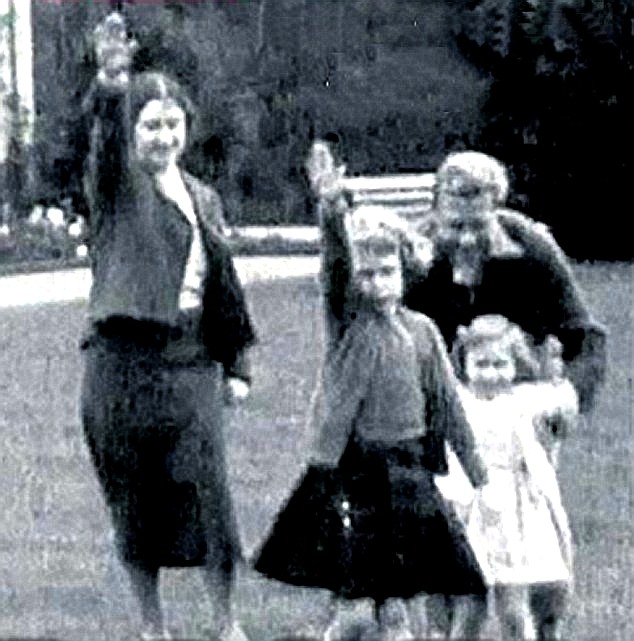
In the years since, communism had spread like a plague virus across
Europe. Industrial turmoil, disaffection among the working class, was a fact of life from Jarrow to Munich, Lyons to Barcelona. Many people, both leftists and capitalists, were convinced that within a few short years, the established order would be swept away.
This fevered, almost hysterical political mood made aristocrats and royal families tremble in their stately homes and palaces.
They feared the communists and the Russians far more than they feared the Nazis. Many of them until the outbreak of war applauded Hitler because he kept his own people under rigorous control, and suppressed communism with an
iron hand.
Anti-Semitism remained respectable in British upper-crust circles until the revelation of the Holocaust in 1945.
The most popular thriller-writers of the time, the likes of John Buchan, Sapper and Dornford Yates, cast Jews – and especially Russian Jews – as their principal villains. Sapper had Bulldog Drummond and his ‘Black Gang’ tar and feather some allegedly delinquent Jewish ‘agitators’.
This, then, was the climate among Britain’s social elite. The Prince of Wales, who ascended and then descended the throne in 1936 to become Duke of Windsor, thought as well of the Nazis as they did of him.
He incurred a rebuke from his father, George V, when in 1935 he expressed public enthusiasm for a rapprochement with Germany. When Hitler met the duke and his new wife at Berchtesgaden following the abdication, the Nazi leader said regretfully afterwards that the duchess ‘would have made a good queen’. On the same trip, it was widely reported when the duke gave the Nazi salute in earnest. The
New York Times wrote: ‘He has lent himself, perhaps unconsciously but easily, to National Socialist propaganda.’
While the duke’s successor on the throne, George VI, was a prudently cautious man who offered no overt hostages to fortune, in private he and his wife Queen Elizabeth were sympathetic to the Chamberlain government’s policy of appeasing the dictators, and highly critical of the wild man
Winston Churchill and his warnings of the menace of Nazism.
The Royal Family lived alongside a British aristocracy that regarded the Nazis as incorrigibly vulgar, but thought they had some good political ideas. Lord Redesdale and his family the Mitfords were especially notorious, but the far grander Lord Londonderry also formed a close relationship with the Nazi leadership, and often entertained Joachim von Ribbentrop when he served as Hitler’s ambassador in
London.
Henry ‘Chips’ Channon, a Tory MP married to Honor Guinness who was one of London society’s richest and most notorious oilers and greasers, befriended Nazis almost as eagerly as he clung to Edward VIII. He, too became an intimate of von Ribbentrop during his time in London, and wrote in his diary on June 4, 1936: ‘He has now invited us to stay as Hitler’s guests for the
Olympic
Games. Honor accepted gleefully’.
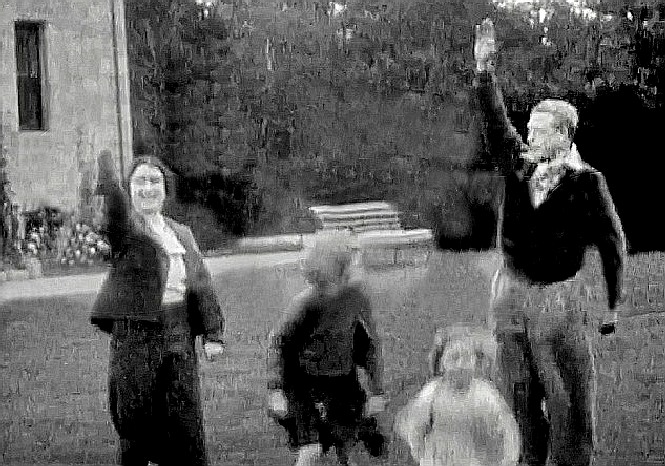
At the summit of the aristocracy, a string of dukes were openly enthusiastic about the dictators – Westminster, Wellington, Buccleuch, Bedford, Marlborough, Hamilton to name only the foremost. The Duke of Wellington was a member of the Link, the extreme Right-wing group whose most prominent members were interned on security grounds in 1940.
Extreme Right-wing views were commonplace among the British aristocracy and business class, and the Royal Family heard plenty of them. Many of their closest relations were Germans, some of them warmly enthusiastic about Hitler.
This does not mean that they were in the least unpatriotic: when Britain and Germany went to war in September 1939, the King and
Queen Elizabeth played an admirable part in the nation’s war effort, and became symbols of its refusal to be cowed by the Luftwaffe blitz.
But substantial parts of the Royal Family’s pre-war correspondence remain today locked away from the eyes of historians and biographers, even after the passage of three-quarters of a century. As long as this is so, suspicions will persist about what they said and wrote to each other about politics, and especially about Hitler and the Nazis.
My own guess would be that they were no more and no less enlightened in their attitudes than were most dukes and lords: they, too, were far more frightened of communists than of fascists. Both Edward VIII and George VI shared the desperate yearning of pre-war prime minister Neville
Chamberlain and his appeasers to avoid another world war.
No sensible person will think even a smidgeon the worse of our own
Queen Elizabeth II for her gesture revealed in a film shot 80 years ago, when she was six or seven years old. Today the Nazi salute has become universally recognised as the symbol of one of the most evil forces in the history of the world. In 1933, however, its crimes still lay in the future.
Antonia Fraser, the historian who is only six years younger than the Queen, tellingly remarked yesterday that in her own childhood, she thought about Hitler in much the same way as she did about Charlie Chaplin. In the 1930s the Royal Family led much more sheltered lives than today, and often revealed their naivete about politics. Little Princess Margaret is alleged to have wailed to her nanny when war broke out in 1939: ‘Who is this Hitler spoiling everything?’
Her father the King capitulation to Hitler at Munich, and lamented to a diplomat on August 29, 1939, the fact that the Fuhrer’s looming invasion of
Poland had forced the interruption of a record grouse-shooting season in
Scotland: ‘It was utterly damnable that the villain Hitler had upset everything.’
The only cause for real sadness and repugnance is our knowledge that one of those portrayed in the film, the Prince of Wales and future Duke of Windsor, undoubtedly believed, and continued to believe, that Hitler was rather a good thing. When war came the Nazis were convinced that they could enlist the duke’s and duchess’s support.
In 1940 Himmler dispatched to their temporary refuge in neutral Lisbon Walter Schellenberg, his foreign intelligence chief, to persuade them to come to Berlin.
Churchill feared the Windsors could indeed become Hitler’s tools, and had them hastily shipped to
Bermuda.
The duke spent the rest of the war in privileged captivity on the island as nominal governor, and it was a wise precaution. It is all too credible that, left to his own devices, this boundlessly foolish and egotistical man could have become a Nazi puppet ruler.
By Max Hastings for the Daily Mail
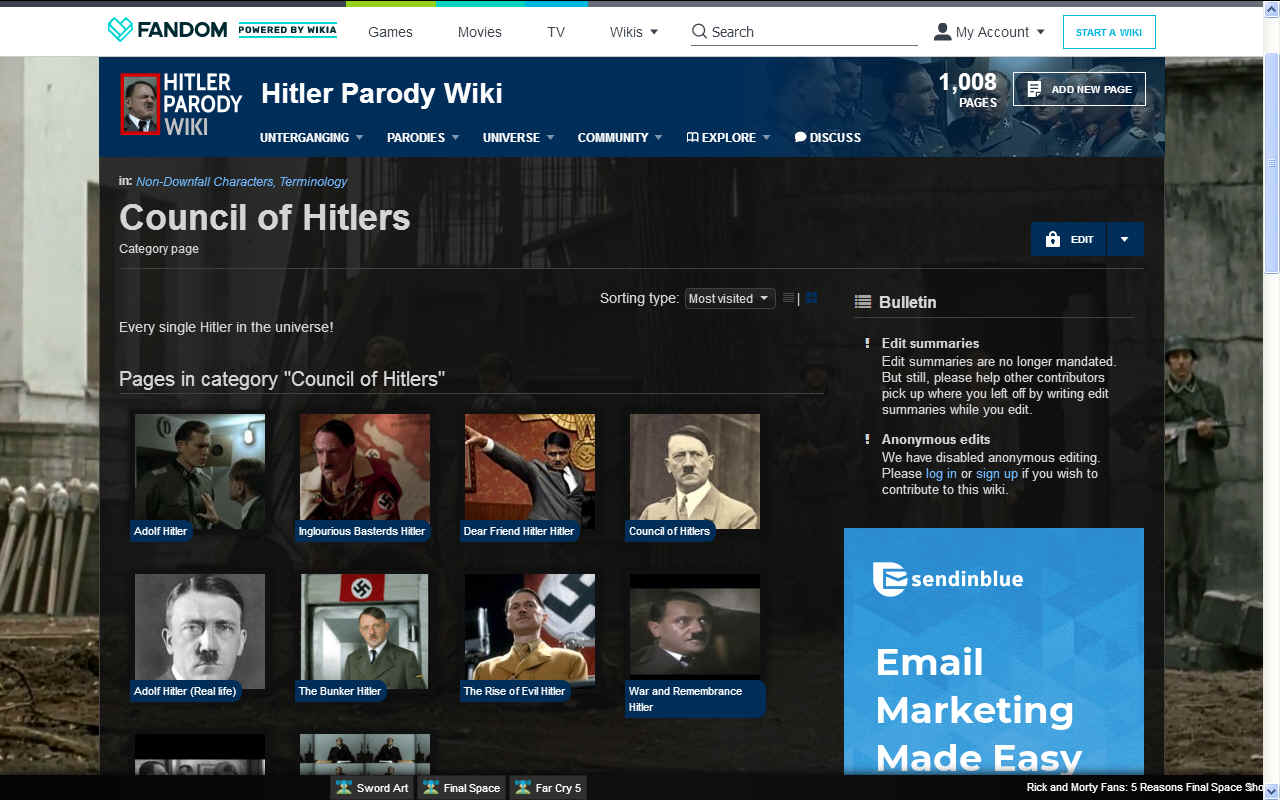
FILM
MAKING
- Just imagine if actors could not wear Nazi uniforms of give
the Seig Heil salute when trying to accurately portray
historical characters in documentaries of feature films.

THE GUARDIAN OCTOBER 4 2013 -
Boy dressed as Hitler: are Nazi costumes ever acceptable?
A boy was sent home from a Staffordshire school after his Hitler costume was deemed inappropriate for a second world war fancy-dress day. Did his teachers make the right call?
Poor little William Ghassemi. Ten-year-old William loves history and when his school announced it was having a themed second world war day, he had a bright idea. "I want to be Hitler," he told his mother Davina. "I wasn't sure at first," she told the Sun, "but William said Hitler was kind of the lead character in the whole war and someone should play him."
William was right: no Hitler, no war. Unless you're the sort of dialectical materialist who believes economic conditions drive history and, if they hadn't created Hitler, they would have created someone just like Hitler. The organisers of the history day, however, deemed his outfit "extremely inappropriate" and made him take it off, as well as the moustache his mother had drawn on with eyeliner. The Sun is resolutely on William's side. "The teachers … should be sitting in the corner wearing dunces' caps," said its editorial, which dismissed the staff of Dosthill Primary in Tamworth, Staffordshire, as "politically correct buffoons".
It's not quite that simple, of course. A boy dressed as Hitler is likely to cause a bit of a stir among a classroom of 10-year-olds, and you can see how it could have become both embarrassing and disruptive. But the fault does lie with the teachers. "Parents were not told in the letter the kids could only dress up as the goodies," complained Davina. If they'd only wanted stiff-upper-lipped RAF officers and perky little evacuees from the East End of London, they should have said so. It takes two to make a war.
The issue the anti-PC brigade are focusing on is the banning of the uniform. "Since when have Nazi outfits been a no no?" tweeted Channel 5's talkshow The Wright Stuff. "Since about May 7, 1945," snapped back the Observer's Jay Rayner. "The holocaust was not a theme park or a joke," said another follower. They have a point – this remains a tricky area and the libertarian argument is not quite as cut-and-dried as the Sun would have us believe. Would it be OK to impersonate Heinrich Himmler or Adolf Eichmann, the architects of the holocaust, or to dress up as concentration camp guards or, worse, victims?
Germany, France and Israel ban the wearing of any sort of Nazi insignia. Here we take a more relaxed legal view, though wearing Nazi gear will invariably get you into hot water. Prince Harry had to apologise for wearing a swastika armband to a fancy-dress party; Harrogate council leader Mike Gardner was suspended from the Conservative party when he was photographed at a party dressed at Hitler – he didn't help himself by giving a Nazi salute; and Conservative MP Aidan Burley – what is it about the Tory party and Nazism? – lost his job as parliamentary private secretary to the transport minister when he was photographed at a stag do sitting close to a friend dressed as a Nazi. Memo to people in public life: if you're invited to a fancy-dress or war-themed party, go as Churchill.
In general, though, we are surely right not to take the hard line of the French and the Germans. Ever since Charlie Chaplin in the 1940 film The Great Dictator, we have mocked Hitler. Freddie Starr built his career on dressing up as Hitler; John Cleese did a mean goosestep, even when he was trying not to mention the war; the Downfall meme has become a fixture on YouTube. Hitler has become a universal joke, which in some ways is how it should be. Nazism was the most ludicrous movement imaginable: a quasi-religious cult that ultimately produced a kind of mass suicide. Germany was Jonestown writ large.
That does not mean we should forget the serious lessons from Germany in the 1930s: that economic collapse feeds insane ideologies; the way that a few thugs can strongarm their way into absolute power; the eternal appeal of nationalist politics; the dangers of appeasement. In dealing with Golden Dawn and other extreme groups, we have to understand how Germany went mad.
This year, Berlin has been marking the 80th anniversary of Hitler becoming chancellor, and there is an excellent exhibition on the site of the old Gestapo building giving a careful explanation of how Hitler established his dictatorship, thanks to a compliant political and commercial elite and a populace that was either supportive or largely prepared to look the other way. We need to combine mockery of the man with an analysis of why he became the vehicle for mass protest.
If 500 rightwingers dressed as Nazis and marched through Tower Hamlets, the police would have to take action. But the odd individual mocking Hitler on TV or at a fancy-dress party is probably OK. By reminding us how one failed artist managed to exploit a country's mass nervous breakdown, it may even help us to avoid history repeating itself. Many, such as The Wright Stuff's respondents, will disagree, arguing that the wearing of Nazi insignia somehow normalises the abnormal, but the greater danger lies in giving Hitler and his movement a mystique by banning any representation of it. By
Stephen Moss
|
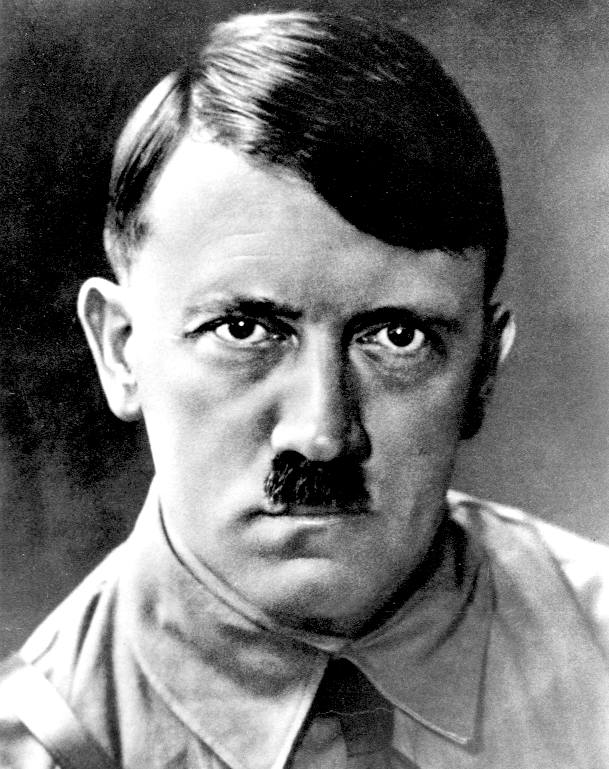
Adolf
Hitler
German
Chancellor
|
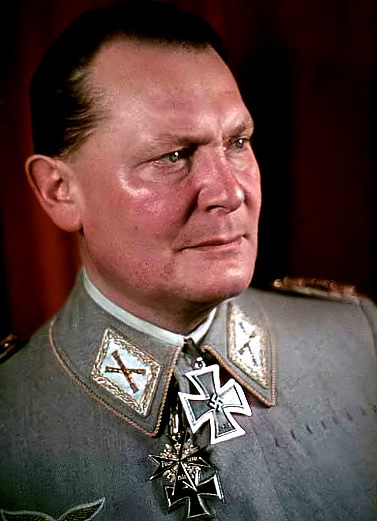
Herman
Goring
Reichsmarschall
Luftwaffe
|
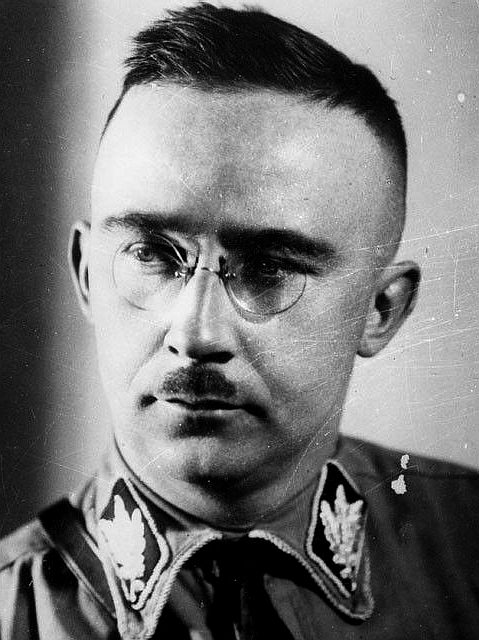
Heinrich
Himmler
Reichsführer Schutzstaffel
|
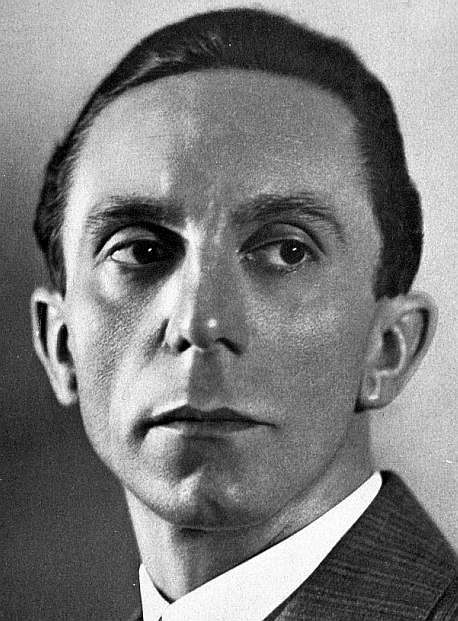
Joseph
Goebbels
Reich Minister Propaganda
|
|
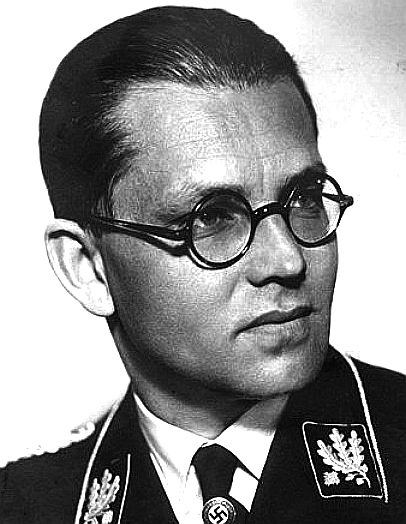
Philipp
Bouhler SS
NSDAP
Aktion T4
|
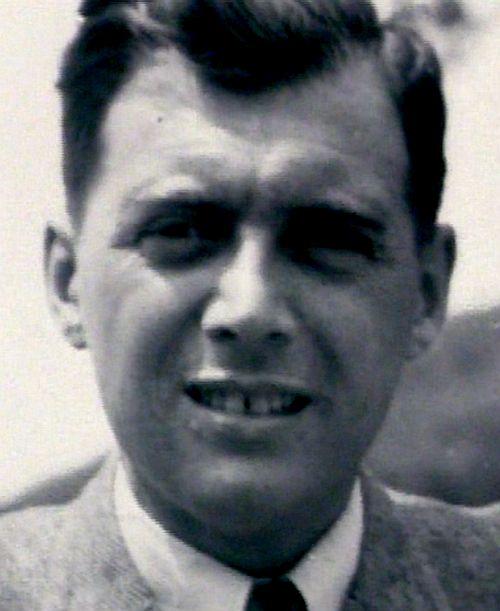
Dr
Josef Mengele
Physician
Auschwitz
|
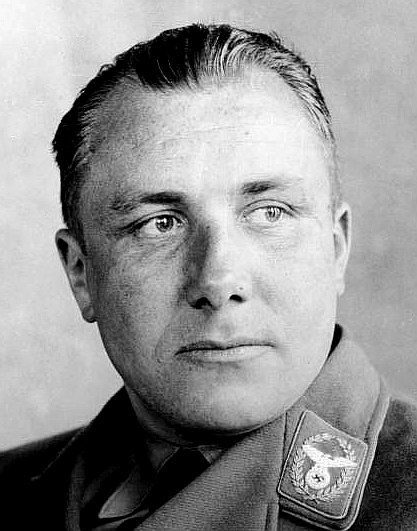
Martin
Borman
Schutzstaffel
|
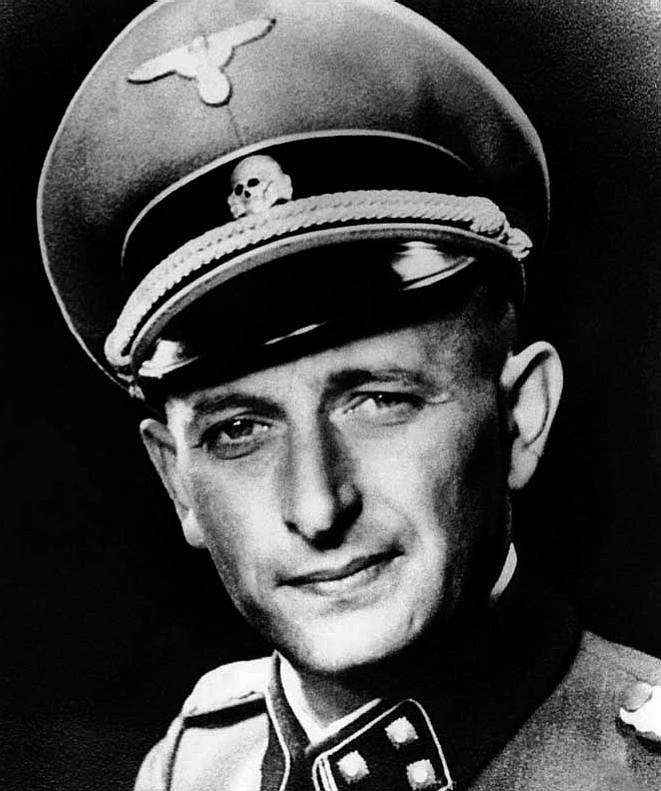
Adolph
Eichmann
Holocaust
Architect
|
|

Erwin
Rommel
The
Desert Fox
|
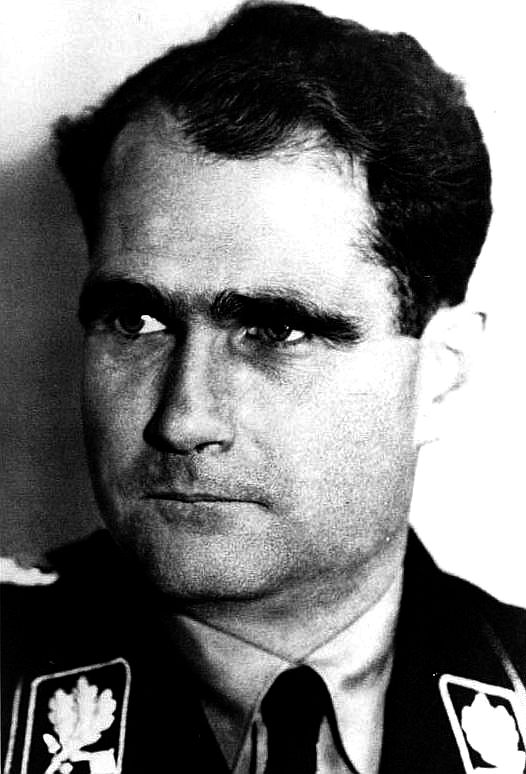
Rudolf
Hess
Auschwitz
Commandant
|
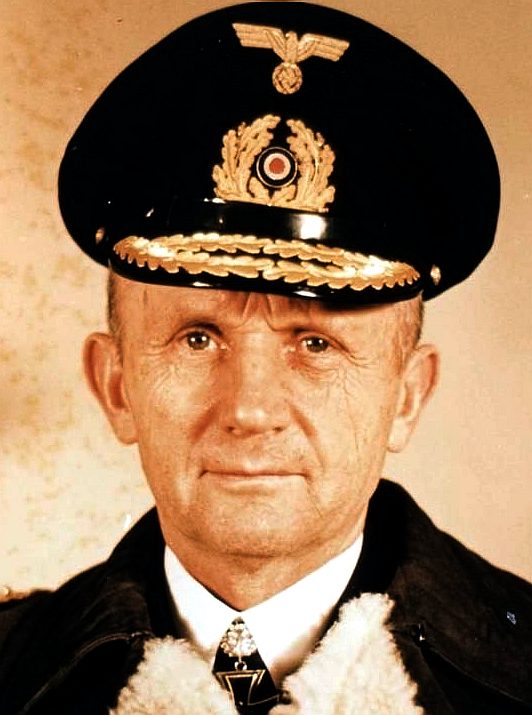
Karl
Donitz
Submarine
Commander
|
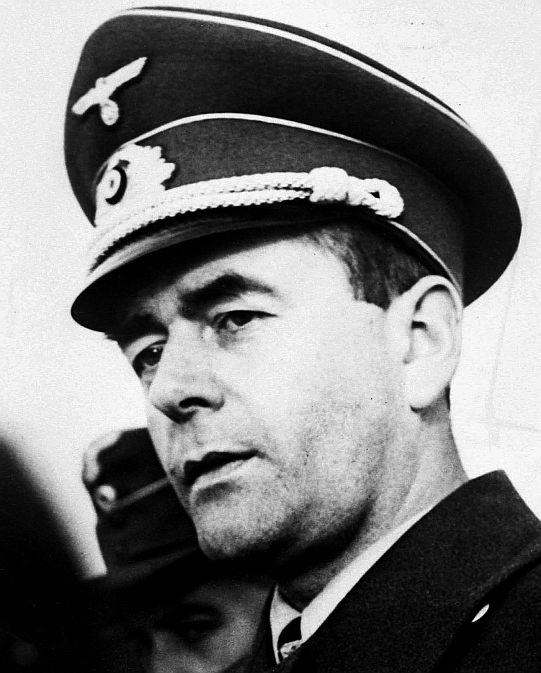
Albert
Speer
Nazi
Architect
|

A
- Z OF NAZI GERMANY
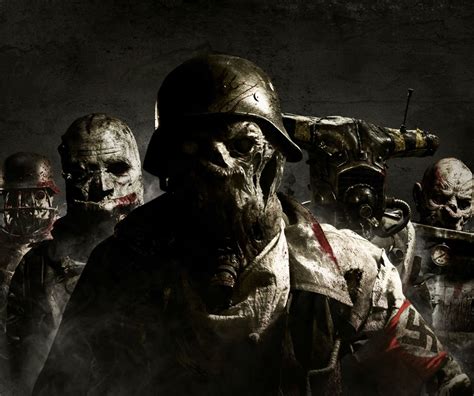
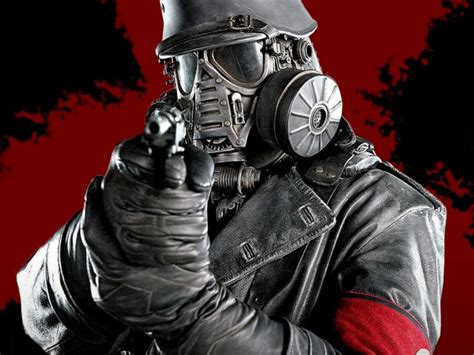
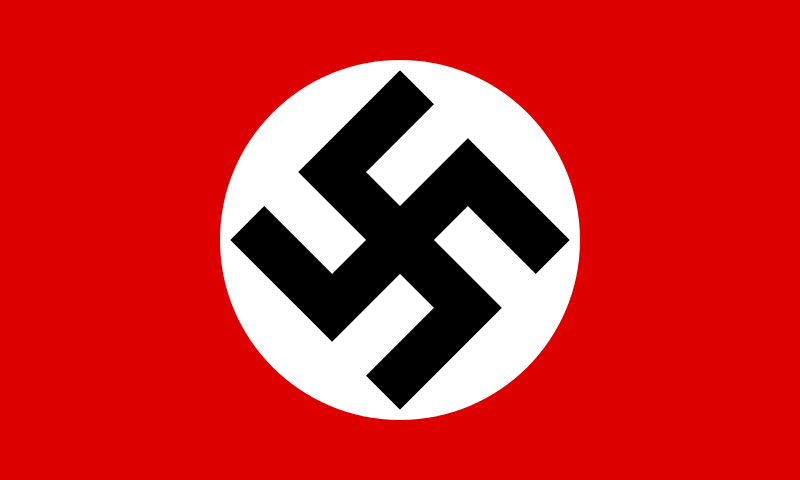
Good,
bad & evil A-Z
of humanity HOME
|




















